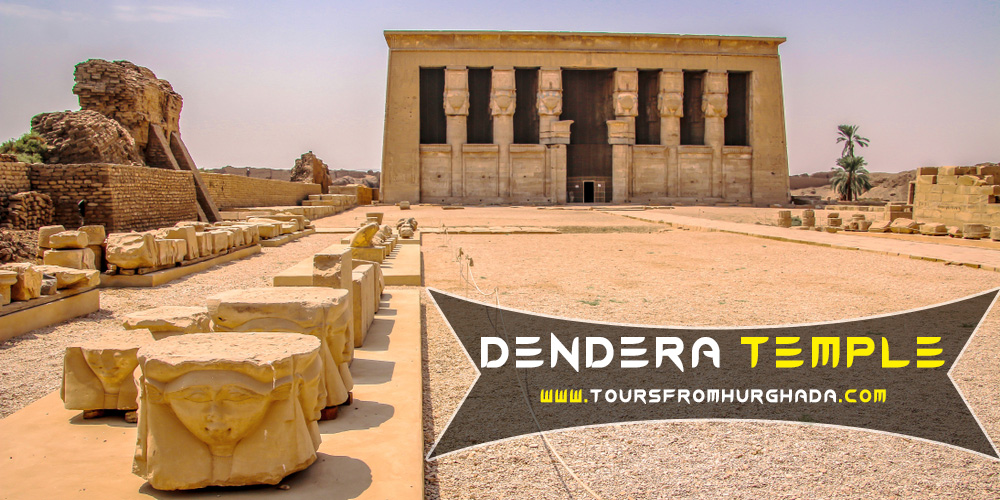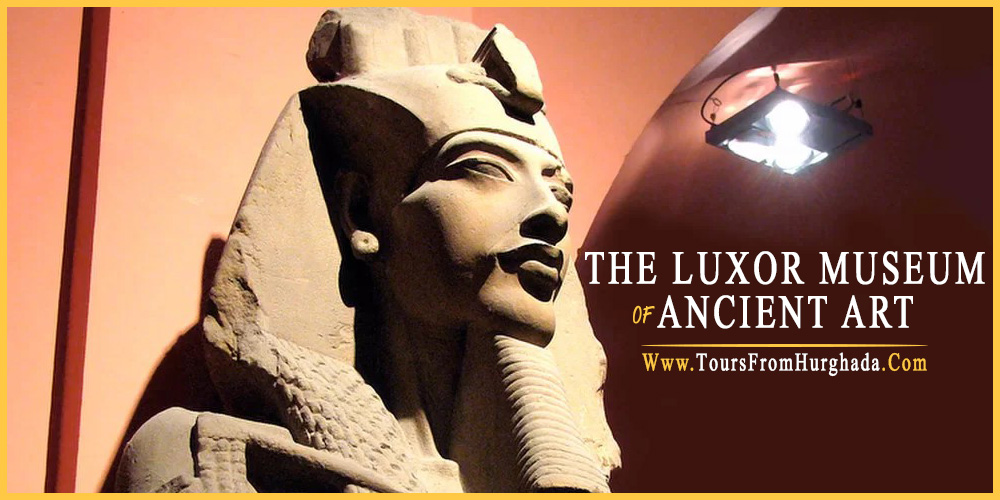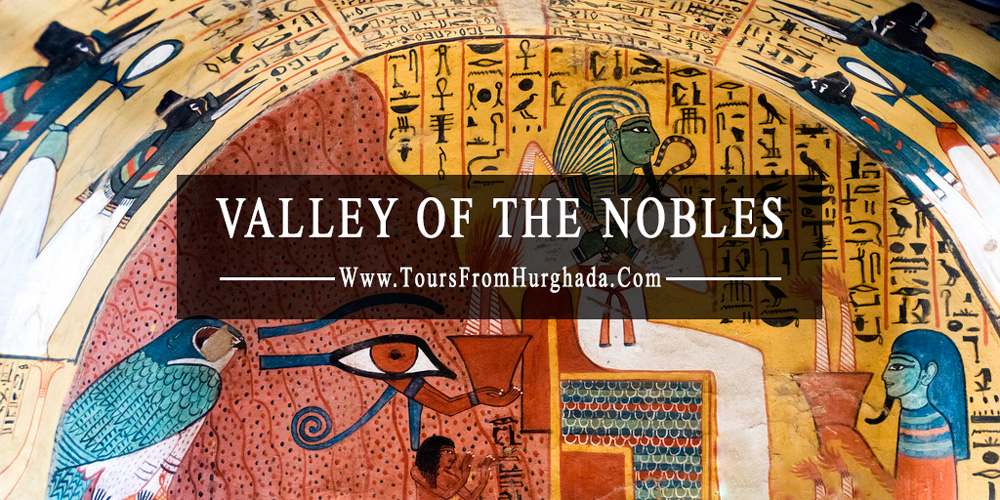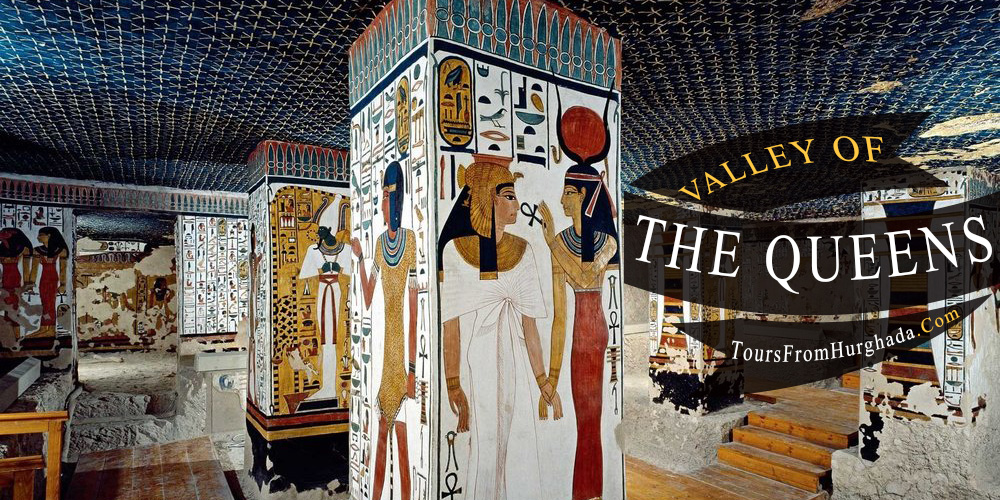It is extremely hard to imagine that a temple of this level of beauty and spiritual presence can exist. Dendera temple was able to transform the religious atmosphere of ancient Egypt. The temple is truly one of the finest examples of the genuine beauty of the ancient Egyptian civilization. Dendera temple was able to sustain the sands of the time and preserve the vibrant colors of its brilliant structure, you will able to get a real taste of how the ancient Egyptian culture created one of the first original definitions of allure and grandeur.
Dendera Temple History
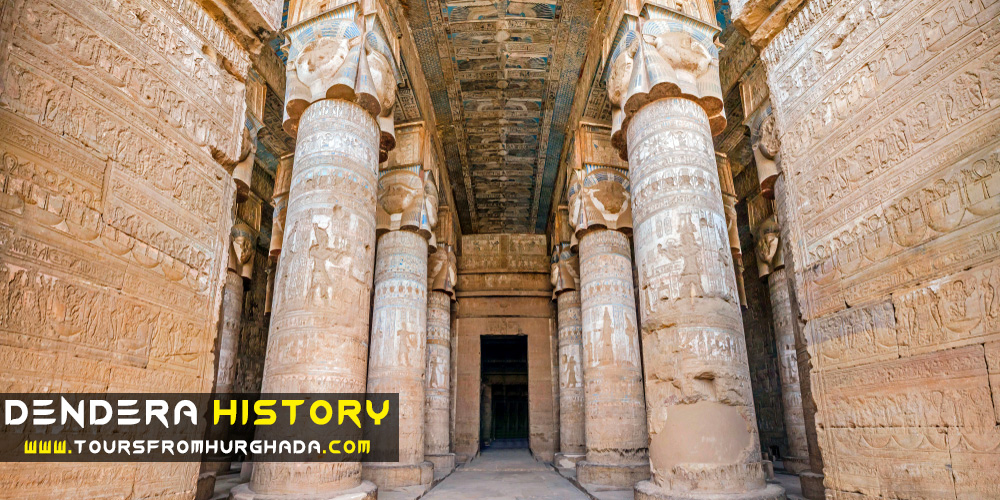
Dendera temple was completed by the hands of the Roman Emperor Tiberius (14-37 AD) on a fountain built by Pharaoh Pepi I of the 6th dynasty of the old kingdom. All the sanctuaries were destroyed and rebuilt various times through history but the current temple dated back to the Roman-Greco period.
The complex holds a mixture of different constructions such as a Coptic church, Mammisi (a birth house related to the nativity of the god), a small sanctuary located in front of the Pylon dedicated to the goddess of motherhood Isis that portrays the sky goddess Nut giving birth.
Dendera Temple Location
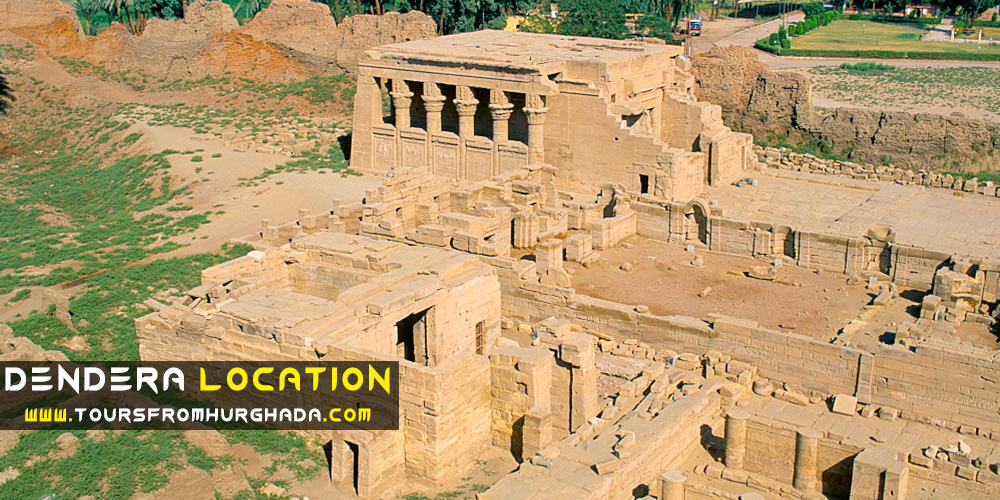
On the west bank of the Nile opposite the city of Qena, 2.5 km (1.6 mi) south-east of the city of Dendera lies this majestic temple. Dendera temple holds the temple of Hathor "The Goddess of Love, Joy & Fertility" one of the most preserved temples in Egypt and other temples & sanctuaries that was unfortunately lost in time.
The temple covers 40,000 sqm and is surrounded by a mud-brick wall that contained the remains of many shrines and temples dating all the way back to the old kingdom (2575-2150 BC).
Temple of Hathor
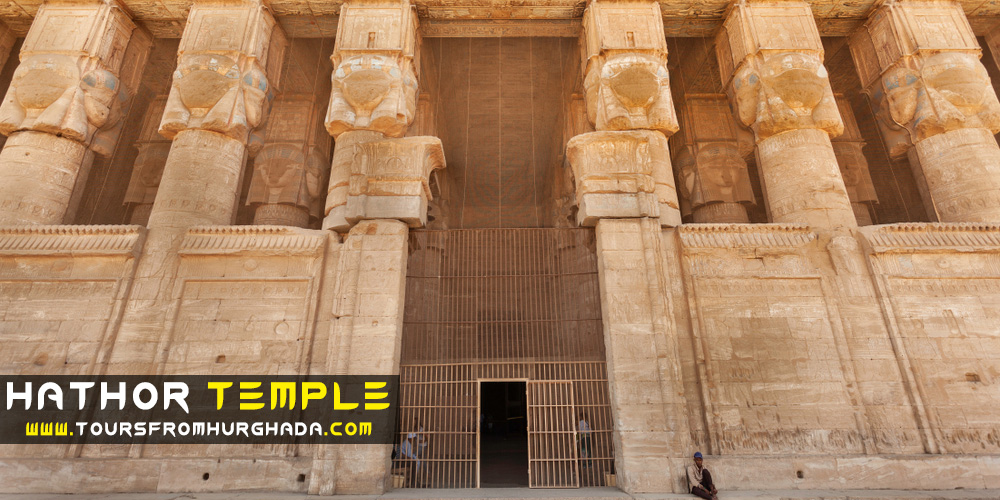
The main highlight of the Dendera temple is the hypnotic temple of Hathor which was built in the 1st century BC by Pharaoh Ptolemy VIII & Queen Cleopatra II.
The temple contains a great hall filled with 18 massive decorated Hathoric columns, the complete interior walls of the great hall hold hypnotic scenes depicting offerings made by Roman emperors and a magical ceiling filled with enchanting astronomical decorations such as the sky Goddess Nut bending herself towards the earth with the sun disc, there is a representation of the legendary sun boat of Hathor and her husband Horus being given offerings by Ptolemy VIII.
Zodiac Signs of Dendera Temple
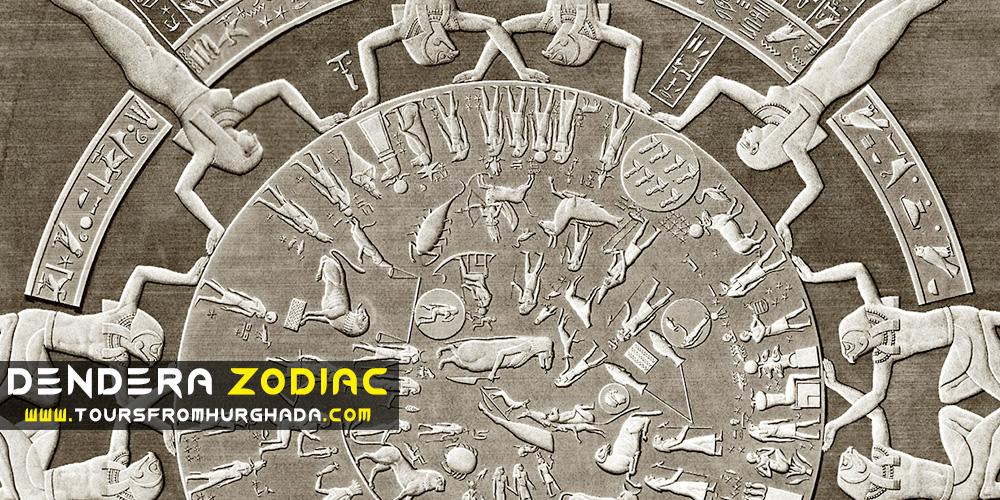
One of the main and most important attractions of Dendera temple is the mystical Dendera zodiac signs which acts as map to the stars on a plane projection showing 12 constellation found at the Osiris chapel within the Hathor temple containing Images of the ram, the bull, the heavenly twins, the crab, the lion, the virgin, the scales, the scorpion, the goat, , the watering pots, the archer and fishes with glittering tails. These constellations were created according to the creation myth of the universe and were used in organizing the ancient Egyptian calendar. In 1820, it was stolen from the temple by French colonizers, replaced with a fake and taken to the Louvre.
The Light Bulb of Dendera Temple
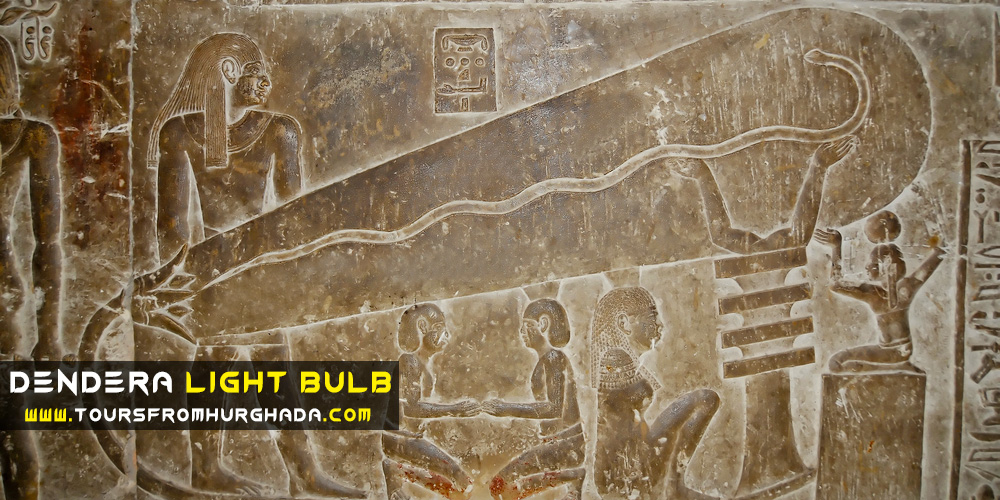
Dendera temple gained quite the fame as the birthplace of one of Egyptology most controversial fringe theory which states that the carvings of a Djed pillar and a lotus flower spawning a snake within it, is evidence of the Egyptian obtaining electric lighting devices resembling a lightbulb attached to an advanced electric system but many archeologists disregard this theory as it couldn’t be further from the reality.

